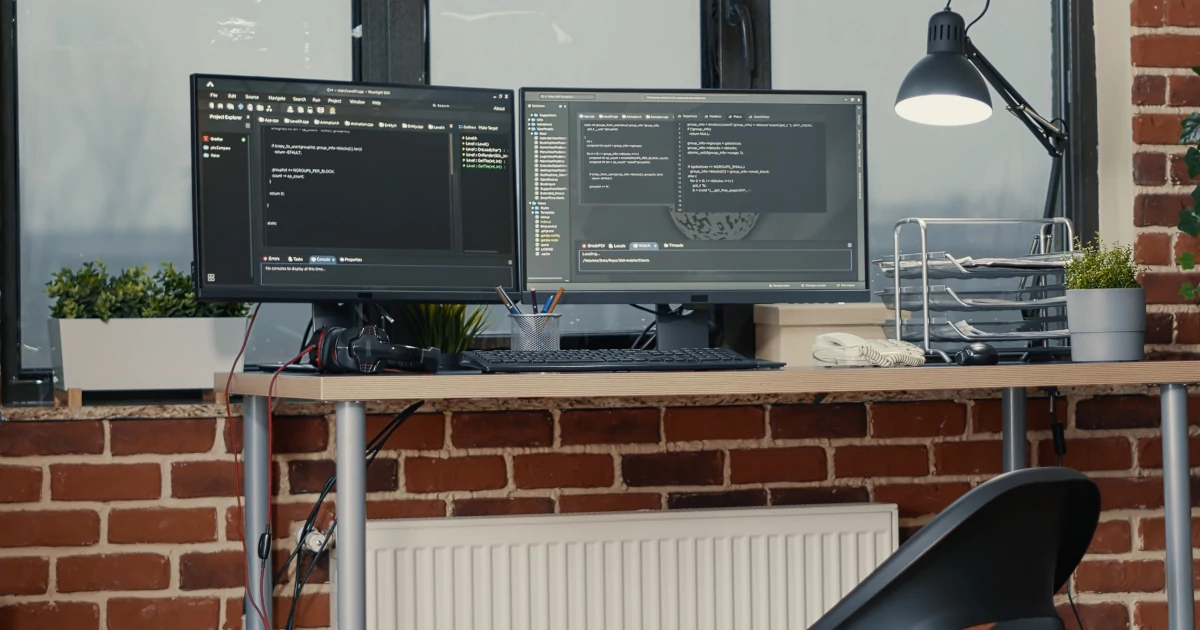
Transferring content from one website platform to another can be a daunting task, often involving manual work and the potential for errors. If you’re considering migrating your website from Webflow to WordPress, it’s crucial to have a systematic approach to ensure a smooth transition of your content. In this article, we will explore the challenges of content transfer, the benefits of automation tools, and the importance of thorough verification to ensure all your content is successfully transferred from Webflow to WordPress.
The Challenges of Content Transfer
Transferring content manually from Webflow to WordPress can be time-consuming and prone to errors. The process typically involves copying and pasting content, reformatting styles, and reorganizing media files. With large websites or complex content structures, this manual process becomes even more challenging and can result in inconsistencies or loss of data.
Benefits of Automation Tools
To streamline the content transfer process and mitigate potential errors, automation tools specifically designed for migrating from Webflow to WordPress can be invaluable. These tools automate the extraction and import of content, preserving formatting, media files, and metadata. They simplify the migration process, reducing the manual effort required and minimizing the chances of overlooking crucial elements.
Content Transfer Checklist
A checklist can serve as a valuable guide to ensure all content is transferred accurately. Here are some key steps to include in your content transfer checklist:
- Identify and organize content: Analyze your Webflow website to understand the content structure and categorize it for easy mapping to the WordPress website.
- Export content from Webflow: Use the available export functionality in Webflow to export content in a suitable format for import into WordPress.
- Set up WordPress environment: Install and configure WordPress, including any necessary plugins or themes required for your website.
- Import content into WordPress: Utilize automation tools or plugins designed for Webflow to WordPress migration to import the exported content into your WordPress website.
- Verify content integrity: Thoroughly review the transferred content, ensuring that text, images, links, and formatting are preserved accurately. Pay close attention to complex elements like forms, interactive features, or custom scripts that may require additional configuration or adjustments.
- Optimize SEO elements: Ensure that SEO elements such as meta tags, URLs, and heading tags are correctly migrated to maintain search engine visibility and rankings.
- Test website functionality: Test the functionality of your WordPress website, including navigation, interactive elements, contact forms, and any integrations with third-party services.
- Redirects and URL mapping: Implement redirects or URL mapping to ensure that visitors are redirected to the appropriate pages on your new WordPress website. This step is crucial to preserve search engine rankings and avoid broken links.
Thorough Verification
After the content transfer is complete, it’s essential to thoroughly verify the results. Manually review various pages and posts, comparing them with the original Webflow website to ensure accuracy and consistency. Test different devices and browsers to ensure the website displays correctly and that all interactive features function as intended.
Transferring content from Webflow to WordPress requires careful planning, systematic execution, and rigorous verification to ensure a seamless transition. By leveraging automation tools specifically designed for this purpose and following a comprehensive content transfer checklist, you can significantly reduce the manual effort involved and minimize the risk of errors or data loss. Thoroughly verify the transferred content to ensure all elements are intact and functioning correctly. With proper planning and the right tools, you can confidently migrate your content from Webflow to WordPress and embark on a new chapter with an enhanced website powered by the robust capabilities of WordPress.

